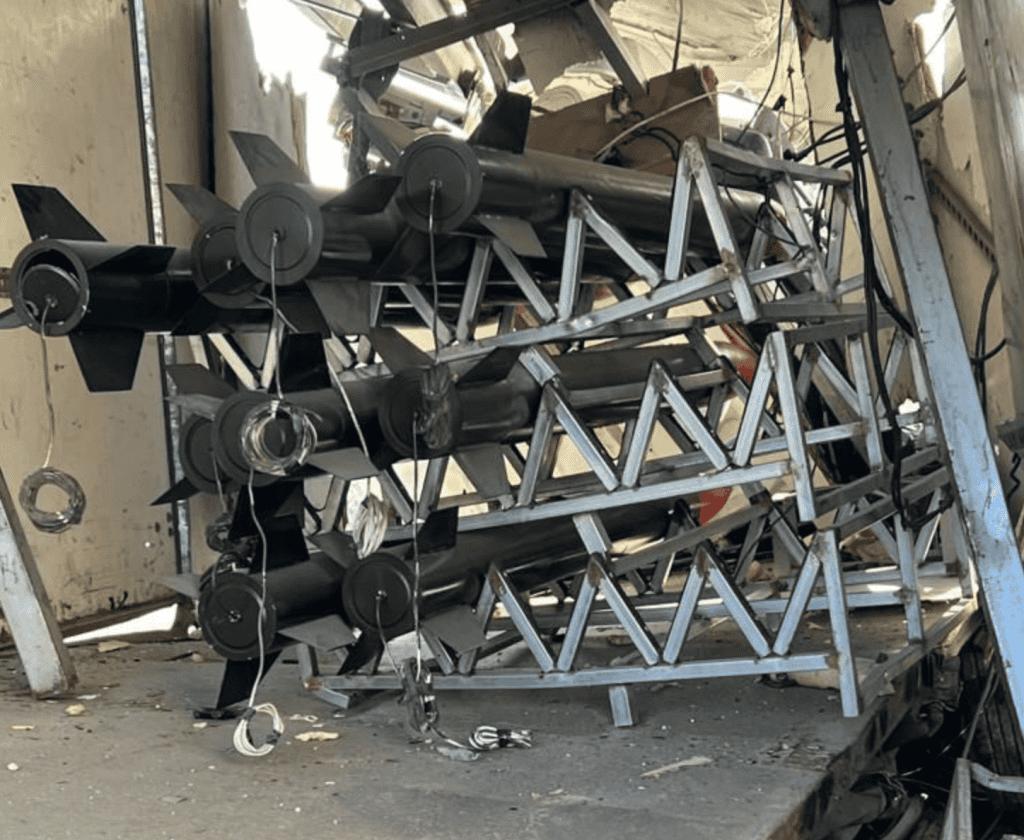
Hezbollah fired two surface-to-air missiles at an Israeli aircraft on December 20, the IDF said. The aircraft was not hit. The attack came as Hezbollah also launched other attacks on Israel on Dec. 19 and 20. The Hezbollah threat to Israel continued to grow this week, and Israel Chief of Staff Herzi HaLevi told Israeli reservists on the northern border that Israel would not return to the situation before the Hamas attack on October 7.
“This means to push further, to reinforce this and to bring the residents back here, to Netu’a, and along the entire border line, to a different situation that is much more secure,” Halevi said. Netu’a is an Israeli community near Lebanon in northern Israel. Israel has evacuated more than 80,000 residents of small communities in northern Israel near the Lebanese border. Israel also evacuated the city of Kiryat Shmona.
HaLevi’s trip to the north was important. He and other members of Israel’s political and defense leadership have asserted that the Hezbollah threat must be removed from the border. However, so far, many questions remain about how that will happen. When the war began, Israel called up 300,000 reservists. Many were sent north to guard against Hezbollah joining the war. Since then, more than 110 Hezbollah members have been killed in clashes with Israel.
Two more were reported killed on December 19. Israeli reservists in units such as the Alexandroni infantry and 8th armored have been training for possible escalation in the north. They also are stationed along the border and continue to be targeted by attacks. Halevi praised the reservists in his talks with them on December 20.
Hezbollah also launched attacks targeting the communities of Goren and Manara in northern Israel on December 20. “IDF artillery and tanks struck a number of locations in Lebanon to remove a threat and also struck additional terrorist infrastructure,” the IDF said. “In addition, a short while ago, IAF fighter jets, helicopters, and aircraft struck Hezbollah terrorist infrastructure, a military compound, launch posts, a command center, and a weapons depot.” The IDF also struck other Hezbollah terror targets.
The incidents on December 20 come after a tense day on December 19 with numerous attacks on Israel by Hezbollah. The attacks began in the morning of December 19, targeting Metula, the northernmost community in Israel. A drone threat from Lebanon was detected around 1:30 pm, and Israeli air defenses intercepted the drone. Another two drone infiltrations took place over the next two hours. Later, Hezbollah shifted its threats to the west along the border, targeting Shtula. The IDF also said that “as a result of the fire toward an IDF post in the area of Malkia in northern Israel earlier today, two IDF soldiers in reserves were moderately injured. The soldiers were evacuated to receive medical treatment at a hospital, and their families have been notified.”
The attacks came amid Israel’s continued operations in Gaza, where IDF forces are consolidating control of northern Gaza. The IDF said that troops had taken control of an area in Gaza City where Hamas’ administrative and military leadership operated. “The complex includes a large network of tunnels that connects terrorist hideouts, bureaus, and residential apartments belonging to Hamas’ senior leadership,” the IDF said. In Jabalya, the scene of heavy fighting over the last two weeks, the IDF uncovered a truck with rockets that terrorists had intended to use against Israel. The IDF estimates hundreds of terrorists have been eliminated in Jabalya, and around 500 have surrendered.
The assessment is that Hamas has been dismantled in the urban area of Jabalya. The defeat of Hamas in northern Gaza has also enabled the city of Ashkelon to begin to return schools and civilian life to normal after two and a half months of war in Gaza. The IDF has also increased access to northern Gaza to show visitors the massive tunnel discovered near the Erez crossing.
The IDF on December 20 also detailed how the Israeli air force has defeated Hamas air defenses. In a statement looking back to the beginning of the war, the IDF said that it had carried out strikes against Hamas units that used surface-to-air missiles, UAVs, and drones.
In addition, “at the start of the war, [there was] an aerial detection system developed by Hamas and hidden inside water heaters on the roofs of civilian houses,” the IDF said. “Accurate intelligence led to the identification and strikes on dozens of launch posts from which missiles were directed at IDF troops inside the Gaza Strip, as well as dozens of UAV launch posts that were placed on the roofs of civilian houses.”
Hamas’ capabilities to fire rockets and use drones appear to have been greatly diminished in the last month of fighting. The group targeted Tel Aviv on December 19, but it appears capable of only firing one large barrage every two days.







